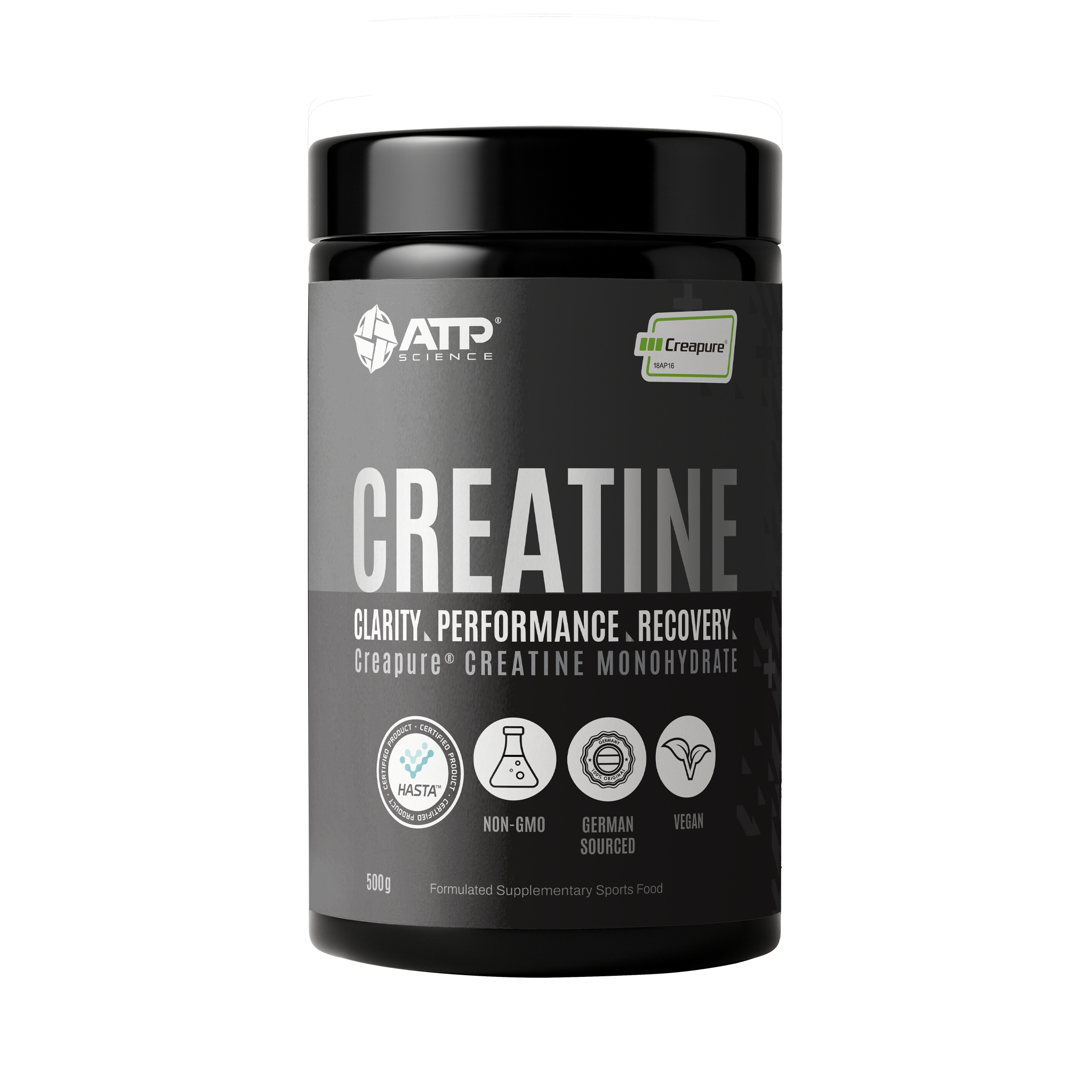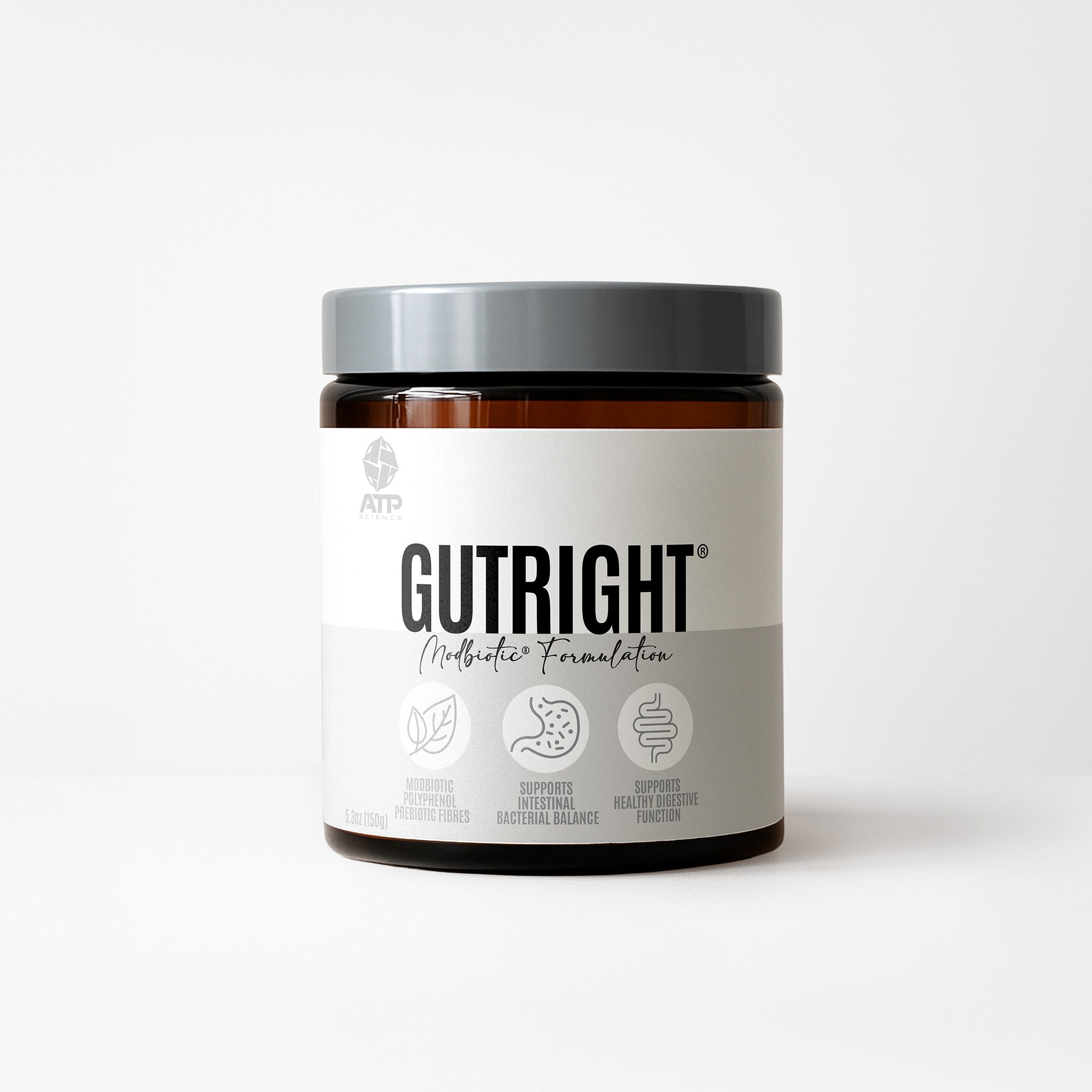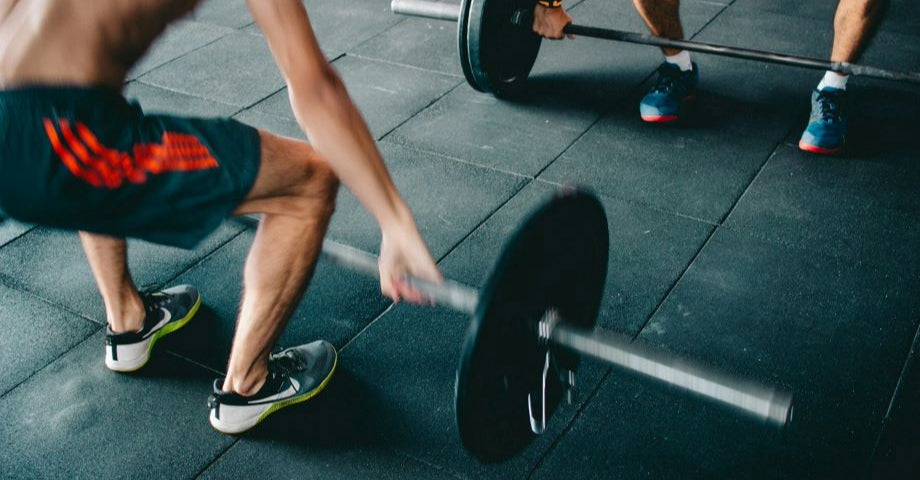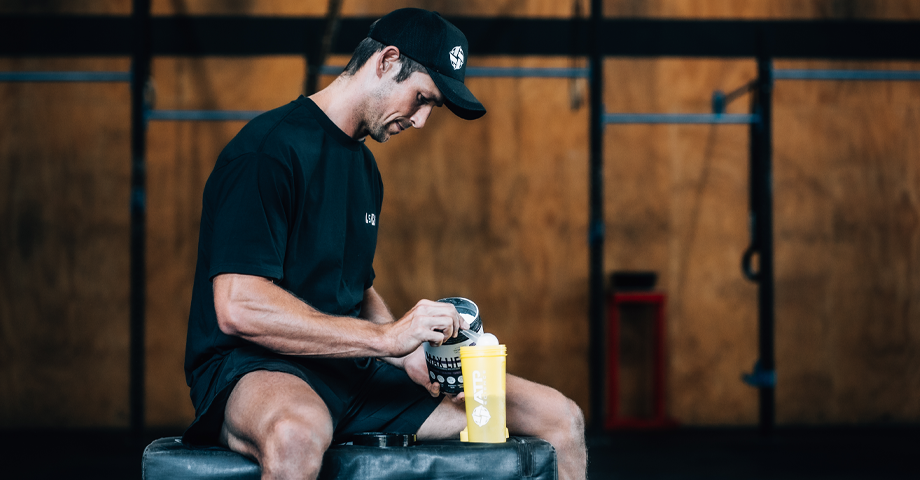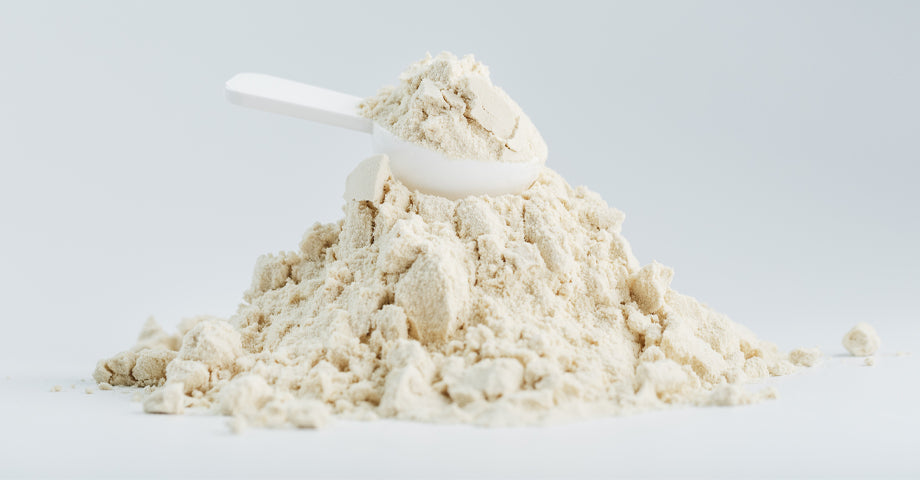Why you can feel bad when rebalancing your gut microbiome?
“Wait…. rebalancing your gut microbiome can make me feel a bit off? I thought it was supposed to make me feel good???” We bet that every naturopath would like to have a dollar for every time they heard this. However, this is a valid question because it is counter to logic.
There is good news, feeling less than ideal only lasts a few days, only happens for some people and is quickly followed by feeling wonderful or even better than before! If you are unaware of the potential to have a few off days, you may not continue with your gut protocol because you believe it is making you feel worse. Now, why does this happen? Let us introduce you to the herxheimer reaction if you have not already heard of it. Being informed about this reaction (technically known as the Jarisch Herkheimer reaction or JHR to its friends) usually allays the fears of unexpected changes that might be experienced when rebalancing your gut microbiome and allows you to continue a gut balancing protocol without chucking the herbs down the sink and forgoing any positive benefits you may experience!
What is Jarisch Herxheimer reaction (JHR)?
JHR is a transient condition that occurs when certain microbes are killed off by mercury, antibiotics or anti-microbial herbal medicines. It starts around 24 hours after the treatment is initiated and only lasts a day or two. The symptoms experienced by the person are strange and non-specific but are commonly fever, chills, rigours, nausea and vomiting, headache, tachycardia, hypotension, hyperventilation, flushing, myalgia, and exacerbation of skin lesions. [2]
The history of the JHR
This reaction was first described in the late 1800s by Austrian dermatologist Adolf Jarish in syphilis patients. [1] Back then, the treatment of choice for specific skin conditions was a mercurial compound (I know, not the greatest thing to give people as it turns out), but mercury is highly antimicrobial. The older generation might even remember painting mercury on skinned knees. A few decades later, Karl Herxheimer (a German dermatologist) reported similar reactions. Back then, no one knew what was really going on and even today, the exact mechanisms are still being worked out.
How common is this?
This is a fairly common phenomenon experienced when using herbs or polyphenols that might support the gut microbiome to rid itself of bad gut bugs in order to allow the good ones to repopulate. The symptoms are usually mild and may only involve mild diarrhoea or changed bowel habits, a bit of fatigue or just feeling…yuck! More severe symptoms of JHR are fairly common when using powerful antibiotics and/or treating severe diseases like syphilis. [3] If you are simply using polyphenols and herbs, the symptoms reported are usually mild and transient.
What exactly causes JHR when you are detoxifying?
When aiming to balance the gut microbiome, the first step is usually to clean out the bad gut bugs using polyphenols and herbs. It is the death of the bad microbes in your gut that cause the JHR reaction. When these bad guys die, they release certain chemicals (called cytokines and interleukins) which drive up inflammatory pathways in the body, this leads to the symptoms described earlier. [4] Some of the key players causing all this bodily havoc include interleukin 6 and 8, and tumour necrosis factor.[5]
Which supplements can cause these kinds of reactions?
Put simply, any natural medicine that can cause microbes to die. The most common and most effective way to kill your bad microbiome (called dysbiosis) is to use polyphenol extracts. Studies show that polyphenols greatly benefit the gut microbiome by killing bad bugs and leaving the good ones alone.[6] Ensuring a good microbiome count is essential for good health. Because polyphenols have been consumed by humans for millions of years, our healthy microbiome has been shaped by polyphenols, which is why consuming them in herbs, spices and fresh food improves the microbiome.[7] There are 100,000,000,000,000 bacterial cells in the microbiome.[8] Antibiotics kill both good and bad microbes however, if you are currently taking antibiotics for any condition, you must take them as prescribed as they can have a very important job to play in specific situations. [9]
What is a healing crisis?
Some individuals confuse the healing crisis with a JHR. A healing crisis, like a JHR, is a return to a healthy state through a process of disease. A doctor called Henry Lindlahr MD proposed the concept that someone recovering from a chronic disease would go through certain symptoms to achieve health. These symptoms include a lowered vitality, abnormal blood and lymph and the accumulation of 'morbid matter' and poisons. [10]
How do know I am experiencing a JHR reaction?
There is no definite test to see whether you are experiencing a JHR reaction. Health care professionals use symptoms to ensure this is the reaction the client is going through. If you are doing a program at home and you are unsure or concerned about any symptoms you might be having, please see your health care professional.
The take-home message
We have come a long way with our understanding of the JHR since it was first observed back in the 1800s. It may be the only time when feeling sick was a good sign! Feeling a bit yucky and having slightly altered bowel habits is a small price to pay for ridding the body of nasty microbes that have decided to take up residence in your bowel. The good news is that polyphenols, which are natural, safe, and beneficial nutrients, can cause your ‘bad-bugs’ to vacate into the toilet bowl. If you feel a little queasy during your gut rebalancing protocol this might be a small price to pay for great gut health.
References
[1] Dhakal A, Sbar E. Jarisch Herxheimer Reaction. [Updated 2022 Apr 28]. In: StatPearls [Internet]. Treasure Island (FL): StatPearls Publishing; 2022
[2] Belum GR, Belum VR, Chaitanya Arudra SK, Reddy BS. The Jarisch-Herxheimer reaction: revisited. Travel Med Infect Dis. 2013 Jul-Aug;11(4):231-7.
[3] Li J, Wang LN, Zheng HY. Jarisch-Herxheimer reaction among syphilis patients in China. J Eur Acad Dermatol Venereol. 2013 Oct;27(10):1304-7.
[4] Kaplanski G, Granel B, Vaz T, Durand JM. Jarisch-Herxheimer reaction complicating the treatment of chronic Q fever endocarditis: elevated TNFalpha and IL-6 serum levels. J Infect. 1998 Jul;37(1):83-4.
[5] Kaplanski G, Granel B, Vaz T, Durand JM. Jarisch-Herxheimer reaction complicating the treatment of chronic Q fever endocarditis: elevated TNFalpha and IL-6 serum levels. J Infect. 1998 Jul;37(1):83-4.
[6] Makarewicz M, Drożdż I, Tarko T, Duda-Chodak A. The Interactions between Polyphenols and Microorganisms, Especially Gut Microbiota. Antioxidants (Basel). 2021 Jan 28;10(2):188. doi: 10.3390/antiox10020188.
[7] Kumar Singh A, Cabral C, Kumar R, Ganguly R, Kumar Rana H, Gupta A, Rosaria Lauro M, Carbone C, Reis F, Pandey AK. Beneficial Effects of Dietary Polyphenols on Gut Microbiota and Strategies to Improve Delivery Efficiency. Nutrients. 2019 Sep 13;11(9):2216. doi: 10.3390/nu11092216.
[8] Zhu B., Wang X., Li L. Human gut microbiome: The second genome of the human body. Protein Cell. 2010;1:718–725. doi: 10.1007/s13238-010-0093-z.
[9] Langdon A, Crook N, Dantas G. The effects of antibiotics on the microbiome throughout development and alternative approaches for therapeutic modulation. Genome Med. 2016 Apr 13;8(1):39. doi: 10.1186/s13073-016-0294-z.
[10] Lindlahr H. The Philosophy of the Unity of Disease and Cure through Nature Cure. 1914.









